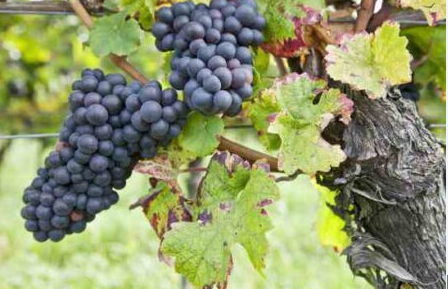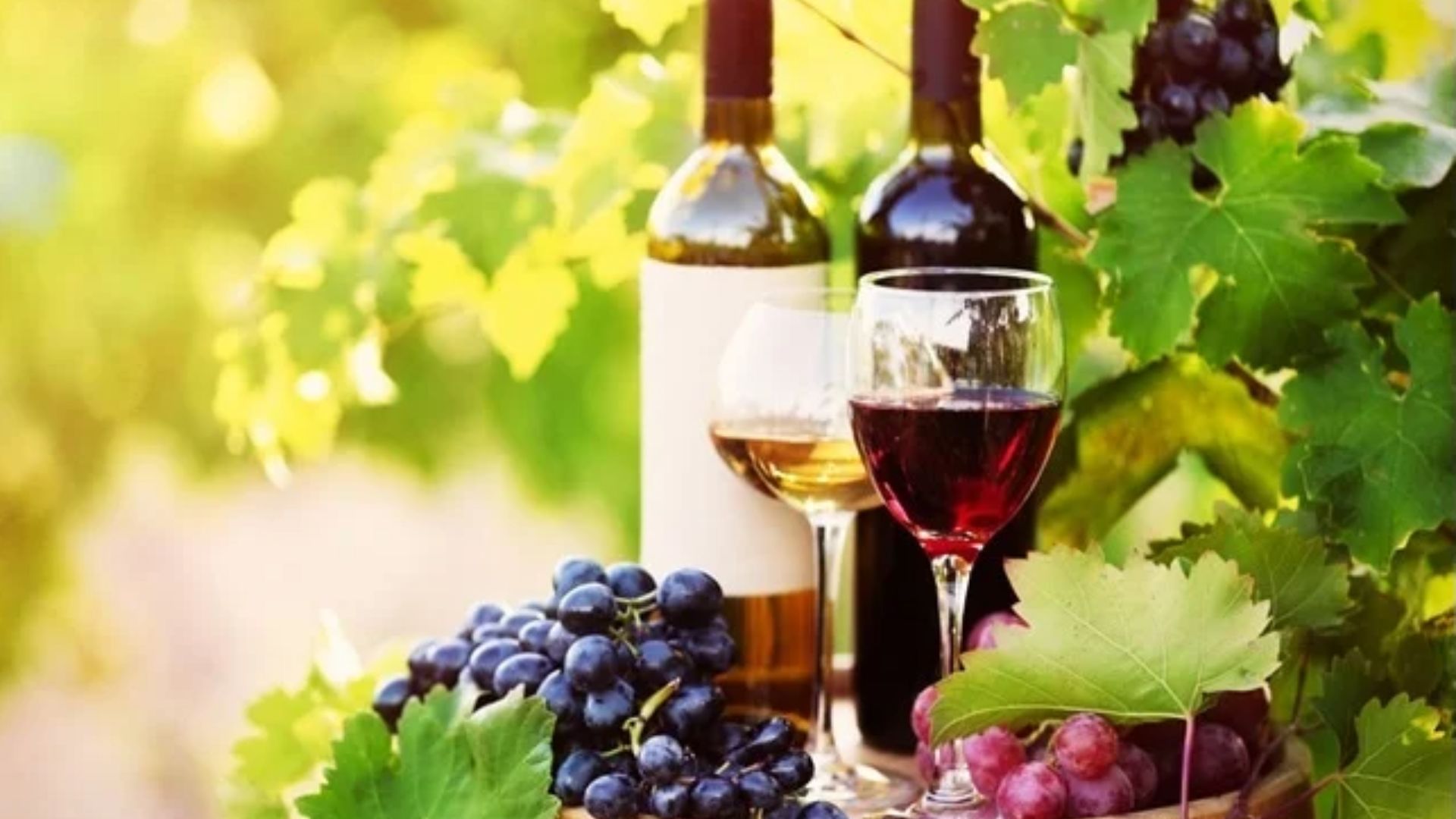Wine, in all its diverse styles and complexities, comes from a single source: grapes. But how do these seemingly simple fruits transform into the vibrant and nuanced wines we enjoy? The answer lies in the unique characteristics of different grape varieties and the art of blending them.

The Diverse Palette of Grapes
Each grape variety possesses a distinct “fingerprint” of flavors, aromas, and textures. These characteristics are influenced by various factors, including:
Grape variety
Different grape varieties, like Cabernet Sauvignon and Pinot Noir, have inherent differences in their chemical composition, resulting in distinct flavor profiles.
Climate and terroir
The specific climate and soil conditions where grapes are grown significantly impact their flavor and aroma development. For example, grapes grown in cool climates like Burgundy tend to produce wines with higher acidity and floral notes, while those grown in warmer climates like California often exhibit bolder fruit flavors and higher alcohol content.
Winemaking techniques
The choices made during the winemaking process, such as fermentation temperature, oak aging, and blending, further influence the final character of the wine.
The Art of Blending
While some grape varieties can produce exceptional wines on their own, the art of blending takes complexity to a whole new level. By combining different grape varieties, winemakers can create wines with greater depth, balance, and complexity than any single grape could achieve.
Examples of Blending Magic
Bordeaux
The iconic Bordeaux blend, typically composed of Cabernet Sauvignon, Merlot, Cabernet Franc, Malbec, and Petit Verdot, showcases the interplay of structure, fruitiness, and earthiness.
Rhône
The Rhône Valley in France is known for its bold and spicy blends, often featuring Syrah, Grenache, and Mourvèdre, offering a unique combination of dark fruit, peppery notes, and savory complexity.
Champagne
The world-renowned sparkling wines of Champagne are crafted from a blend of Chardonnay, Pinot Noir, and Pinot Meunier, resulting in a harmonious balance of fruit, acidity, and elegant bubbles.
Beyond Blends
While blending is a powerful tool for creating complex wines, some grape varieties are capable of producing exceptional wines on their own. For example, Pinot Noir, with its inherent elegance and diverse flavor profile, can create stunning single-varietal wines showcasing its unique character.
The Science Behind Blending
Blending is not simply about combining different flavors; it’s a science-driven process that requires careful consideration of the chemical and sensory properties of each grape variety. Winemakers analyze the acidity, tannins, sugar content, and other components of each grape to determine how they will interact and complement each other in the final blend. Additionally, they consider the desired style of the wine and how different grape combinations can contribute to achieving the intended characteristics.
The Evolution of Blending
The art of blending has evolved over centuries, with winemakers constantly refining their techniques and pushing the boundaries of creativity. Today, modern technology and analytical tools provide even greater precision, allowing winemakers to achieve even more nuanced and complex blends.
The Future of Blending
As the world of wine continues to evolve, blending will undoubtedly remain a crucial aspect of winemaking. With an increasing focus on diversity, experimentation, and regional expression, we can expect to see even more innovative and exciting blends emerge in the future, further enriching the tapestry of the wine world.
Conclusion
The diversity of grapes and the art of blending are fundamental to the creation of complex and captivating wines. By understanding the unique characteristics of different grape varieties and the skillful use of blending, winemakers can orchestrate a symphony of flavors, aromas, and textures, offering a truly remarkable experience for the palate. So, the next time you raise a glass, appreciate the intricate interplay of grapes and the artistry behind the creation of your favorite wine.




